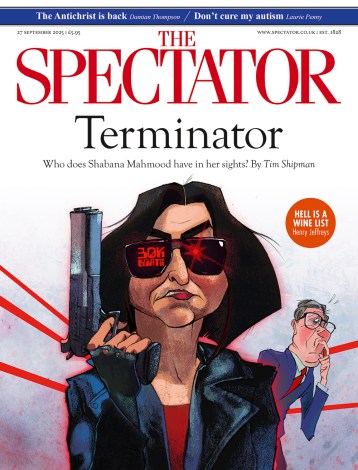You’ll be blubbing over a wooden boulder at David Nash’s show at Towner Art Gallery
Call me soppy, but when the credits rolled on ‘Wooden Boulder’, a film made by earth artist David Nash over 25 years, I was blinking back tears. Funny what the mind will make human. Within a few minutes I started to think of Nash’s boulder, hewn from a storm-struck oak in the Ffestiniog valley in Wales, as ‘the hero of our story’. A hefty hero, weighing half a tonne, but buoyant. In October 1978, Nash launched the boulder into the Bronturnor stream near his studio at Capel Rhiw in the slate-mining village of Blaenau Ffestiniog in Snowdonia. For 25 years, switching from crackling film to high-def digital, Nash filmed the
